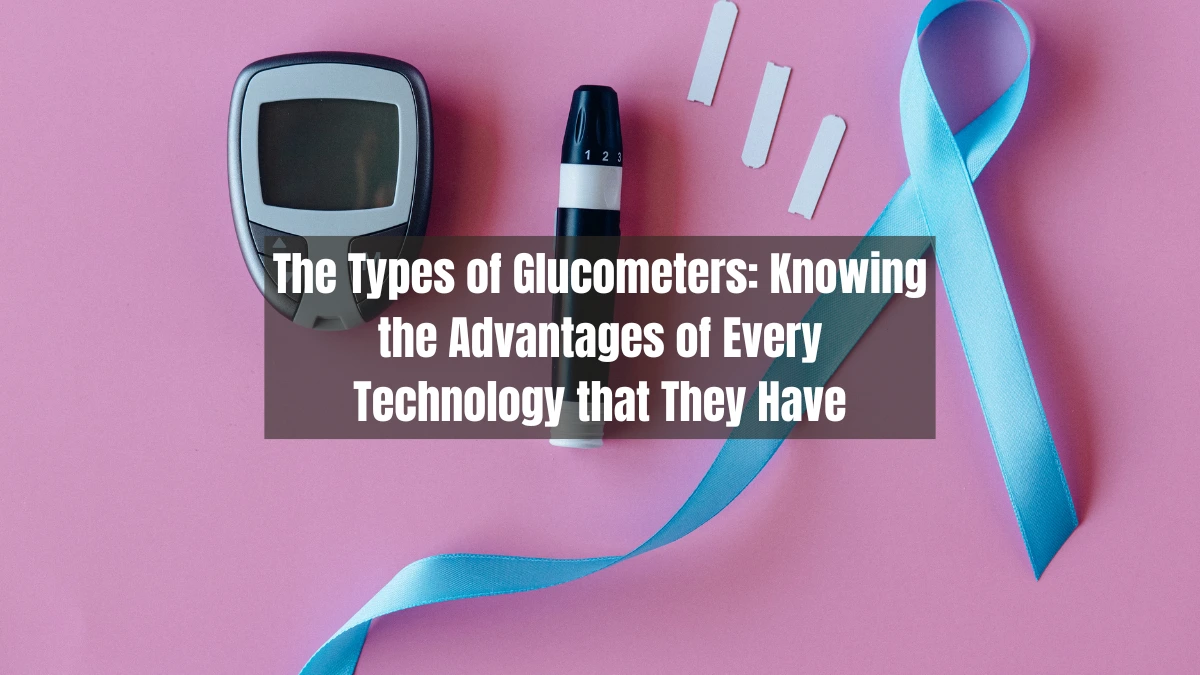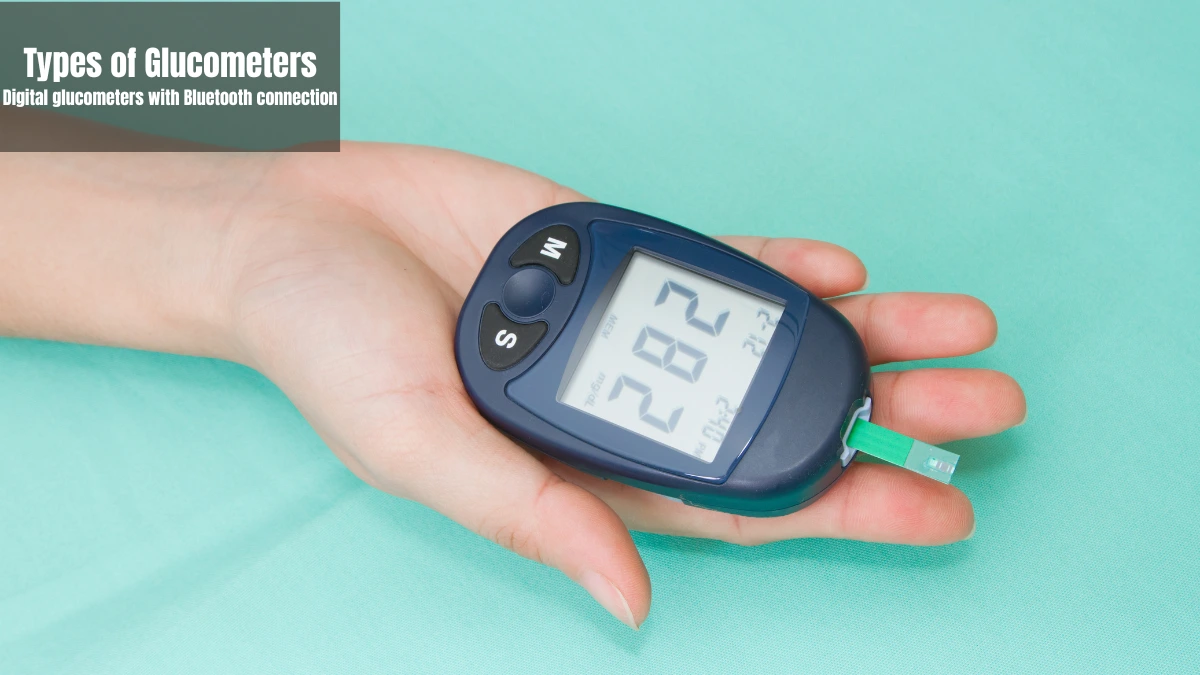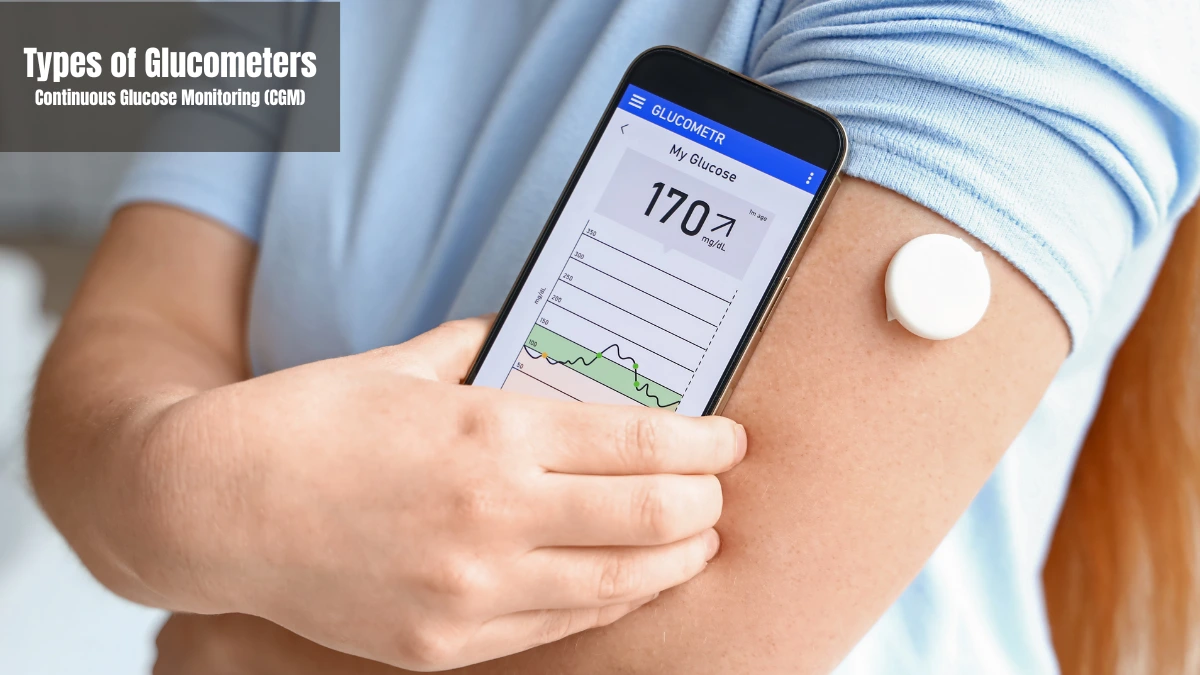A glucometer is a technology that people with diabetes need, or anyone who wants to monitor their blood sugar levels. There are many types of MiFi with different technologies and advantages.
By knowing the types of glucometers, you can consider the technology and advantages before buying one. Hence, you won't make the wrong purchase for your simple monitoring.
This article will discuss the types of glucometers available on the market. Let's take a look so you don't make the wrong choice for your health.
The Types of Glucometers

In general, glucometers are divided into three types: conventional digital glucometers, digital glucometers with Bluetooth connection, and Continuous Glucose Monitoring (CGM). Each type has different technology. Here is a more detailed explanation.
Digital conventional glucometers
Digital conventional glucometers are the most popular type and are commonly found in homes and healthcare facilities. The technology relies on an enzymatic reaction from the strip and is displayed digitally on the device.
The way it works is quite simple: prick your fingertip with a lancet, apply a drop of blood to the test strip, then insert the strip into the device. In a few seconds, the screen will display the results.
Although it uses conventional technology, this glucometer has the advantage of being relatively affordable and providing test results quickly, usually within 5-10 seconds. In fact, this device is so common that even beginners will find it easy to use.
Conventional digital glucometers are suitable for daily use at home. As long as they are used according to the instructions, their accuracy is quite reliable. The downside of this device is that you must be prepared to prick your finger every time you want to take a measurement.
Digital glucometers with Bluetooth connection

Digital glucometers with Bluetooth connection work like regular digital glucometers. The difference is that they are equipped with Bluetooth to send test results to smartphones.
The supporting application allows users to store records, analyze blood sugar trends, and instantly share data with doctors. This device offers practical advantages for long-term monitoring and features automatic data storage within the app. Additionally, the app facilitates communication with healthcare professionals.
This model is ideal for those seeking the convenience of organized, integrated digital record-keeping. Integration with a smartphone app significantly streamlines the process.
Continuous Glucose Monitoring (CGM)

Continuous Glucose Monitoring (CGM) is a type that uses a sensor implanted under the skin to continuously monitor glucose levels. Glucose level data from the sensor is sent in real time to a receiver device or mobile app.
This device is highly effective for continuous blood glucose monitoring. It is ideal for people with type 1 diabetes or those who require strict control. With CGM, you do not need to manually take blood samples every time you want to check your glucose levels.
One thing to consider if you want to use this device is that the cost of installation and maintenance of the CGM is quite high. The sensor also needs to be replaced periodically, usually every 7–14 days.
These are the types of glucometers that you need to know to have the best for your glucose monitoring. By understanding the different types, you can make an informed decision before purchasing one.
Each type of glucometer has its own advantages and disadvantages. Conventional digital models are superior because they are simple and affordable. Meanwhile, glucometers with Bluetooth connectivity make digital recording easier. CGM provides highly detailed real-time data monitoring.
The choice is ultimately yours. Consider your health condition, lifestyle, and budget to select the right device that is easier to use, more accurate, and more beneficial for maintaining long-term health.